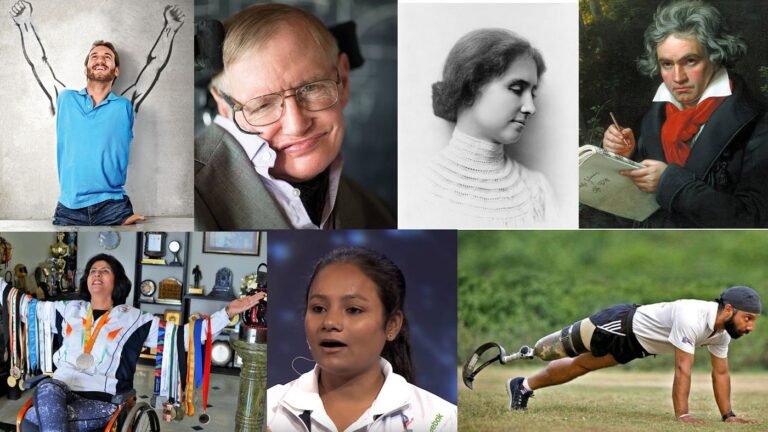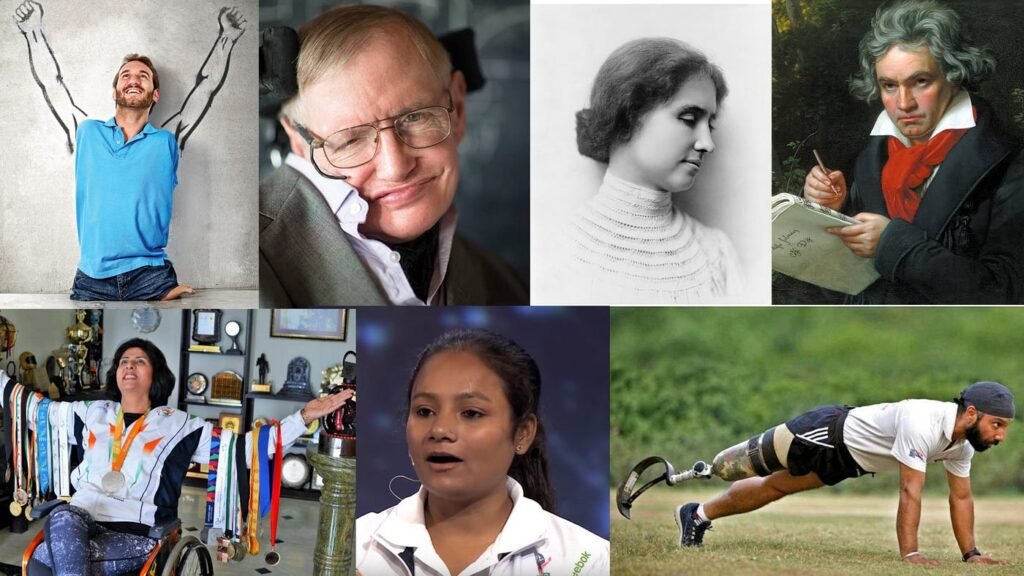Disability is a broad term that includes a wide range of physical, mental, sensory, and intellectual challenges. At National Disable Services (NDS), our goal is to raise awareness and help people better understand disabilities so we can build a more inclusive and supportive society.
In this blog, we’ll break down the main types of disabilities, share simple examples, and explain how we can support individuals living with them.
1. Physical Disabilities
Physical disabilities affect a person’s mobility or physical capacity. This can be due to injury, illness, or a condition present from birth.
Examples include:
- Paralysis
- Cerebral Palsy
- Muscular Dystrophy
- Amputation or limb deformities
Support tips:
- Make buildings and transport accessible (ramps, lifts, etc.)
- Offer mobility aids like wheelchairs or crutches
- Provide assistance with daily activities when needed
2. Sensory Disabilities
Sensory disabilities affect a person’s senses – mainly vision and hearing.
Examples include:
- Blindness or low vision
- Deafness or hearing loss
Support tips:
- Use sign language or visual aids
- Ensure websites and documents are accessible (screen reader compatible)
- Offer audio descriptions or captions for videos
3. Intellectual Disabilities
These affect a person’s ability to learn, understand, and communicate. Intellectual disabilities can vary from mild to severe.
Examples include:
- Down syndrome
- Developmental delays
Support tips:
- Use clear and simple communication
- Provide extra time for tasks
- Encourage independence with structured support
4. Mental Health Disabilities
Mental health conditions can impact a person’s thoughts, emotions, and behavior, often affecting their ability to function in daily life.
Examples include:
- Depression
- Anxiety disorders
- Bipolar disorder
- Schizophrenia
Support tips:
- Be patient and understanding
- Promote mental health awareness
- Encourage therapy and support groups
5. Learning Disabilities
These affect how people process information, which can make reading, writing, or math more difficult.
Examples include:
- Dyslexia
- Dyscalculia
- ADHD (Attention Deficit Hyperactivity Disorder)
Support tips:
- Use special teaching methods or tools
- Break tasks into smaller steps
- Create a calm and focused learning environment
Conclusion
Understanding the different types of disabilities is the first step toward creating a more accepting and inclusive society. At NDS, we believe that disability is not inability, and with the right support, every individual can live a full and meaningful life.












